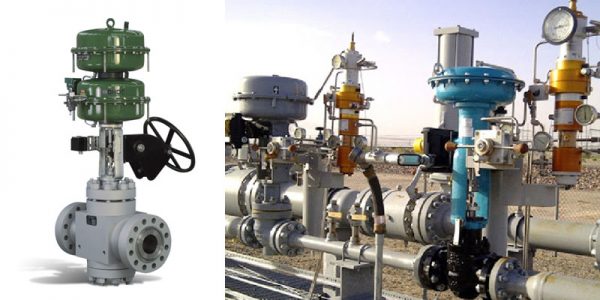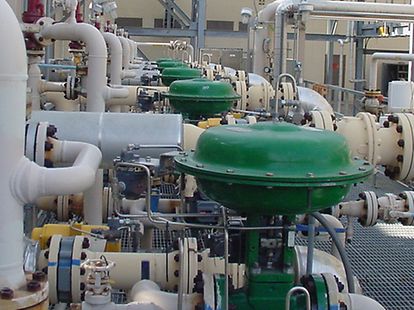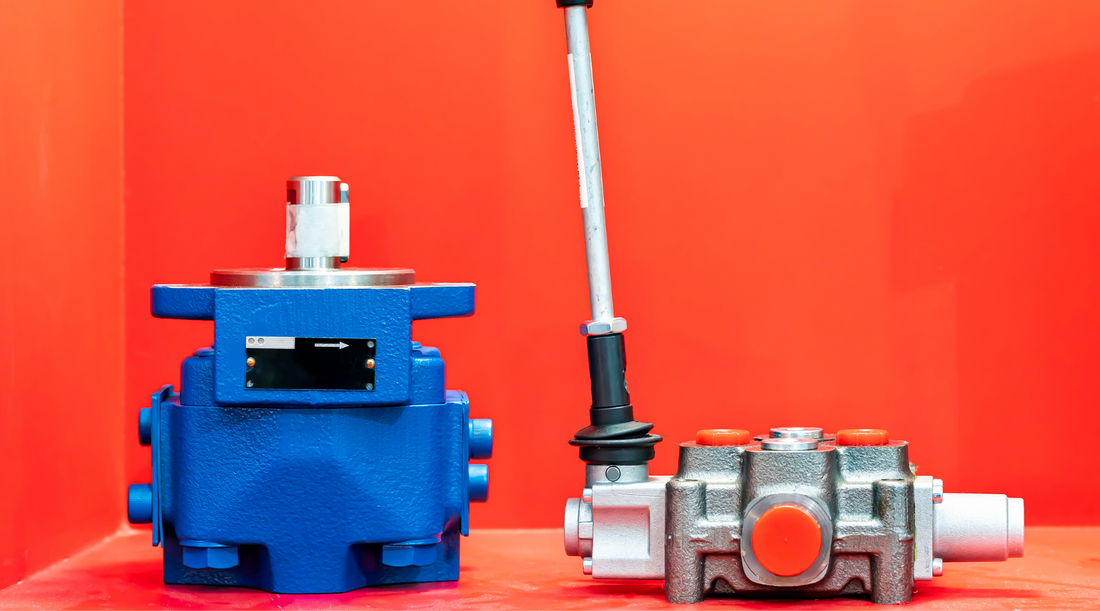Picking the Right Control Valves: An Overview to Ideal System Performance
Picking the Right Control Valves: An Overview to Ideal System Performance
Blog Article

Maximize Power Financial Savings and Comfort With Advanced Building Automation Controls
In the realm of contemporary architecture and facility monitoring, the combination of innovative building automation regulates stands as a pivotal innovation. By using the power of automation, structures can adjust, respond, and advance in methods that were as soon as inconceivable.
Energy Effectiveness Conveniences
Energy effectiveness advantages can considerably reduce energy intake and functional expenses in buildings. By implementing energy-efficient practices and innovations, structure proprietors and operators can achieve significant savings while additionally adding to ecological sustainability. Among the primary advantages of improving energy performance in structures is the reduction of energy costs. Energy-efficient systems, such as sophisticated building automation controls, can enhance making use of sources like home heating, cooling, and illumination, causing lower power costs gradually.
Furthermore, boosted energy efficiency can lengthen the lifespan of structure devices and systems. By operating much more efficiently, a/c systems, lighting fixture, and other building parts experience less damage, resulting in reduced upkeep and replacement costs. Furthermore, energy-efficient buildings typically command higher property worths and rental prices, offering lasting financial benefits to proprietors.
Additionally, energy performance can enhance passenger comfort and efficiency. Properly regulated interior settings with optimal lighting and thermal conditions develop an even more helpful and positive work area, causing boosted worker fulfillment and efficiency. On the whole, the energy performance benefits associated with advanced building automation controls are complex, including price savings, ecological stewardship, and passenger health.
Enhanced Comfort Control
Enhancing comfort control in building environments needs an advanced integration of innovative automation systems for ideal occupant health. By making use of advanced structure automation controls, facilities can customize the interior environment to fulfill the specific needs and preferences of passengers. These systems allow precise guideline of ventilation, temperature, and illumination, developing a efficient and comfortable environment. Passenger fulfillment and efficiency are carefully linked to thermal convenience, making it important to have systems in position that can adjust to altering conditions in real-time.
By incorporating these advanced controls, buildings can not only enhance convenience yet additionally enhance power effectiveness by optimizing system operations based on actual tenancy and use patterns. Eventually, focusing on owner convenience through advanced automation systems leads to an extra satisfying and healthier interior setting.
Functional Effectiveness Improvements

Moreover, the application of real-time surveillance and analytics tools enables structure operators Get the facts to determine energy inadequacies and functional anomalies without delay. By continually keeping an eye on energy use patterns and system efficiency metrics, changes can be made in real-time to maximize power consumption and make sure peak functional efficiency. control valves. In addition, incorporating demand feedback strategies into structure automation controls can better enhance functional performance by dynamically readjusting energy use based upon grid problems and prices signals
Indoor Environment Optimization
Effective interior climate optimization is an essential facet of building automation controls, making certain occupants' convenience and wellness while making the most of power savings. By making use of advanced sensors and controls, developing automation systems can continuously keep track of and readjust temperature, moisture levels, air top quality, and ventilation to create an ideal interior environment. Keeping regular and comfortable problems not only improves owner complete satisfaction but additionally enhances productivity and general health.
Interior climate optimization likewise plays a vital duty in power efficiency. By fine-tuning heating, ventilation, and air conditioning systems based upon real-time information and tenancy patterns, developing automation controls can substantially reduce power usage - control valves. For instance, executing strategies such as demand-controlled ventilation and thermal zoning can original site aid reduce energy waste while guaranteeing that each area of the structure gets the required conditioning.

Sustainable Atmosphere Creation
Structure automation regulates not just enhance indoor climate problems for energy efficiency and resident comfort but additionally lay the structure for creating a lasting setting with critical administration of systems and resources. By integrating innovative building automation innovations, such as sensors, actuators, and smart software, centers can check and change energy usage in real-time to decrease waste and reduce their carbon impact. These systems allow anticipating upkeep, determining prospective issues before they rise and enhancing equipment efficiency to boost durability and efficiency.
Additionally, sustainable atmosphere development prolongs past power administration to encompass water conservation, waste reduction, and indoor air high quality renovation. Building automation controls can manage water usage, spot leakages, and make certain appropriate garbage disposal practices, adding to overall sustainability efforts. Additionally, by monitoring and controlling ventilation and filtration systems, these modern technologies boost passenger health and wellness and productivity while reducing power usage associated with heating and cooling operations.
Final Thought
In conclusion, progressed structure automation controls offer significant benefits in regards to energy cost savings, comfort control, operational effectiveness, interior climate optimization, and creating a sustainable atmosphere. By applying these controls, the original source structures can achieve optimum efficiency while lowering power intake and boosting occupant comfort. It appears that using innovative automation modern technology is crucial in boosting structure performance and producing a much more sustainable future.
Energy effectiveness benefits can dramatically reduce energy intake and operational expenses in buildings. Overall, the energy effectiveness advantages associated with advanced structure automation controls are diverse, incorporating expense savings, environmental stewardship, and passenger well-being.
Additionally, including need feedback approaches right into structure automation controls can even more improve operational performance by dynamically readjusting energy usage based on grid conditions and rates signals.
Structure automation manages not only maximize indoor environment problems for energy effectiveness and resident comfort however also lay the structure for developing a lasting atmosphere with strategic management of sources and systems.In verdict, progressed structure automation manages deal significant advantages in terms of power financial savings, comfort control, operational efficiency, interior environment optimization, and producing a lasting atmosphere.
Report this page